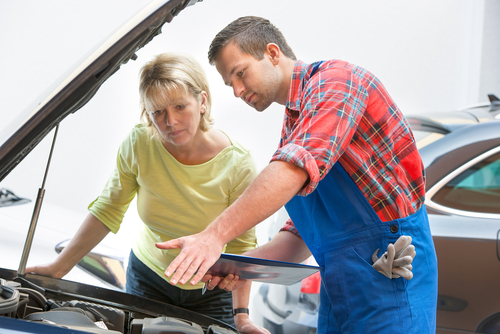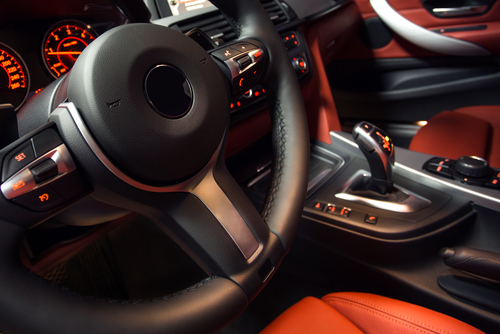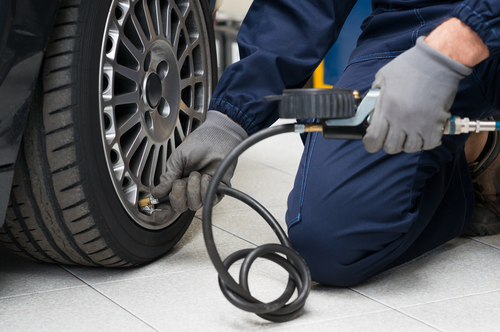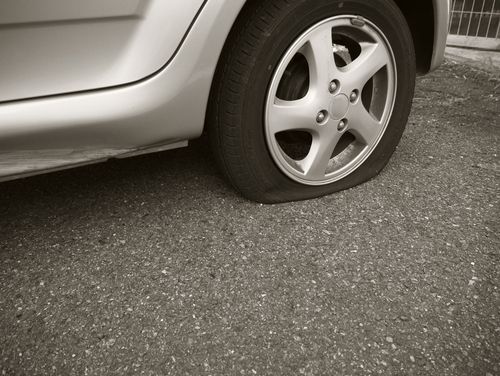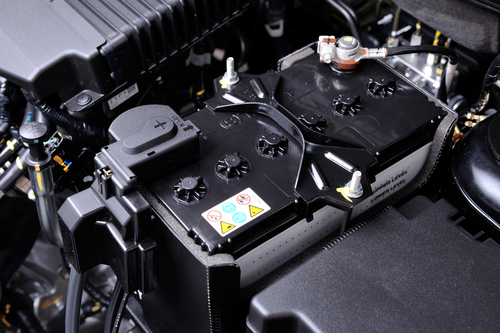As much as you love your BMW, you may occasionally run into a mechanical problem that you wait a bit too long to address. It’s a common phenomenon and we witness it a lot with our clients. Unfortunately, it can land you into bigger trouble than you were to begin with, and there are a few key reasons why.
Common Examples
What kinds of maintenance are commonly avoided? Oil changes may be number one on this list. This could be because the issues that occur after skipping out on changes are accumulative and do not become particularly apparent until they reach an advanced state. Tire wear and pressure also frequently go neglected, as well as brakes and undiagnosed engine problems. Whether you feel and hear a difference in your drive or that engine light comes on, ignoring the signs means putting the safety of yourself and your passengers on the line!
The Time Efficiency Problem
One of the central reasons we see for delays in servicing is simply the amount of time in a day. It’s understandable that those who are frequently busy experience difficulty fitting a service appointment into their schedule. While it might seem as though you can afford to ignore that bothersome problem in favour of staying time-efficient throughout your day, the truth is that waiting too long for a repair is likely to steal more of your time in the end. This is particularly true if the problem causes a breakdown and your day comes to a standstill. Getting that repair sorted out as soon as possible is the best preventative measure you have for scenarios like these.
Considering the Cost
Just as you are liable to experience a significant cost in time, letting problems out of hand can lead to maintenance and repair costs that may not have been necessary at an earlier stage. This is one of the primary reasons we give for staying on top of both incidental repairs and scheduled maintenance. Scheduled visits are perhaps easiest to make the mistake of avoiding, as they do not carry the sense of immediacy that sudden issues do, but keeping on track with all your recommended intervals will save you significant amounts of money over time!
To learn more, give us a call at (403) 768-3163 today.

